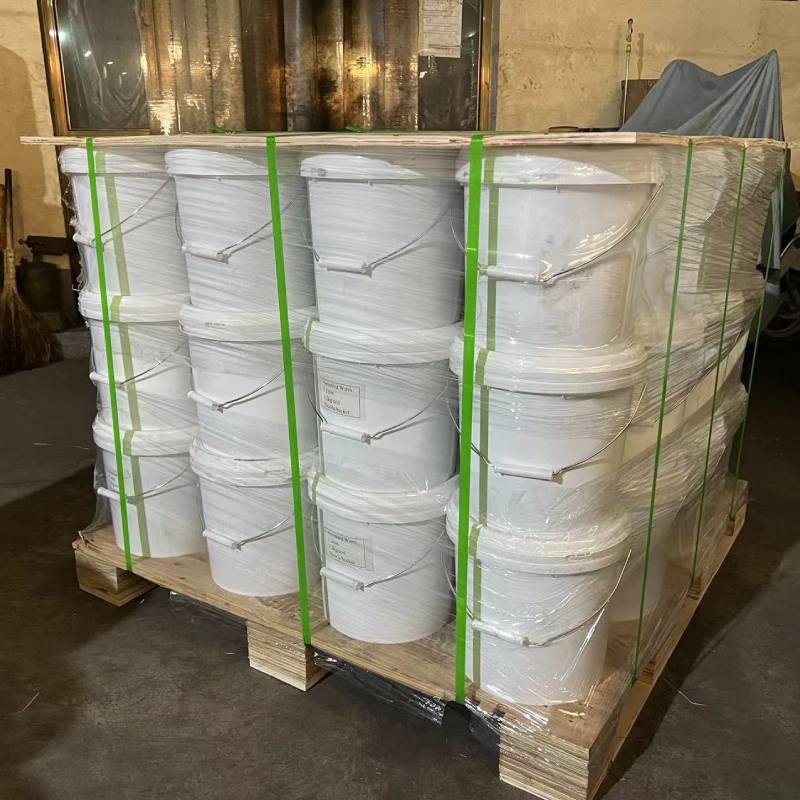
- Mobile Phone
- +8613931874955
- sales@cntcmetal.com
small conical compression springs
Understanding Small Conical Compression Springs
Small conical compression springs are specialized mechanical components commonly used in various applications where compactness and efficiency are vital. These springs are characterized by their conical shape, which allows them to compress down to a smaller size while maintaining significant force and resilience. As technology advances, the demand for such springs in industries like automotive, aerospace, and consumer electronics continues to grow.
Design and Functionality
The unique conical shape of these compression springs provides several advantages over traditional cylindrical springs. The tapering design ensures that as the spring compresses, the coils do not overlap, which minimizes friction and wear. This feature promotes a smoother and more effective operation, allowing for enhanced durability and longevity. Additionally, the conical configuration allows for variable force characteristics, making it suitable for applications requiring precise control over spring resistance.
Small conical compression springs are often made from high-quality materials such as stainless steel, carbon steel, or specialized alloys. These materials offer excellent tensile strength and resistance to fatigue, critical for springs operating under repetitive load conditions. Manufacturers can also apply different surface treatments to enhance corrosion resistance, ensuring that the springs can withstand harsh environments.
Applications of Small Conical Compression Springs
Given their compact size and effective performance, small conical compression springs find applications in various fields. In the automotive industry, they are often used in suspension systems, engines, and braking mechanisms, where reliable compression and rebound characteristics are essential for safety and performance.
small conical compression springs

In consumer electronics, these springs can be found in devices such as keyboards, remote controls, and gadgets that require a tactile response. Their ability to provide consistent force over numerous cycles makes them an ideal choice for such applications.
Moreover, the aerospace industry relies heavily on these springs in critical systems, including landing gear mechanisms and control surfaces
. The reliability and precise functioning of conical compression springs can play a vital role in the overall safety and efficiency of aviation systems.Manufacturing Considerations
The production of small conical compression springs demands precision engineering. Manufacturers often use advanced techniques such as computer numerical control (CNC) machining and automated winding processes to create springs that meet exact specifications. Quality control is also paramount; each spring must undergo rigorous testing to ensure it meets the desired load tolerance and performance criteria.
Innovations in spring technology have also led to the development of software that allows engineers to model and simulate spring behavior, thus optimizing design before manufacturing. This approach minimizes trial and error, ensuring that the final product meets both performance and cost-effectiveness standards.
Conclusion
In summary, small conical compression springs are essential components in a myriad of industries, praised for their efficiency, durability, and space-saving design. Their unique shape not only provides mechanical advantages but also enhances performance in critical applications. As industries evolve and the need for innovative solutions continues to grow, the relevance of these springs will undoubtedly increase, leading to further advancements in their design and application. With careful attention to manufacturing processes and material selection, small conical compression springs will remain a cornerstone in modern engineering and technology.
share:
-
Why Sacrificial Formwork Is Redefining Underground ConstructionNewsJun.06,2025
-
The Structural Dynamics of Modern Concrete: How Snake Spacers Revolutionize Flexible ReinforcementNewsJun.06,2025
-
Snake Spacers Smart-Lock Concrete Reinforcement with Surgical PrecisionNewsJun.06,2025
-
Snake Spacers: Reinforcement Precision for Modern Concrete ProjectsNewsJun.06,2025
-
Snake Spacers Powering Concrete's Structural DNANewsJun.06,2025
-
Slither into Success: Snake Spacers' Precision Bite for Unbreakable ReinforcementNewsJun.06,2025
-
Sacrificial Formwork: Building Stronger, Faster, and Safer StructuresNewsJun.06,2025



















